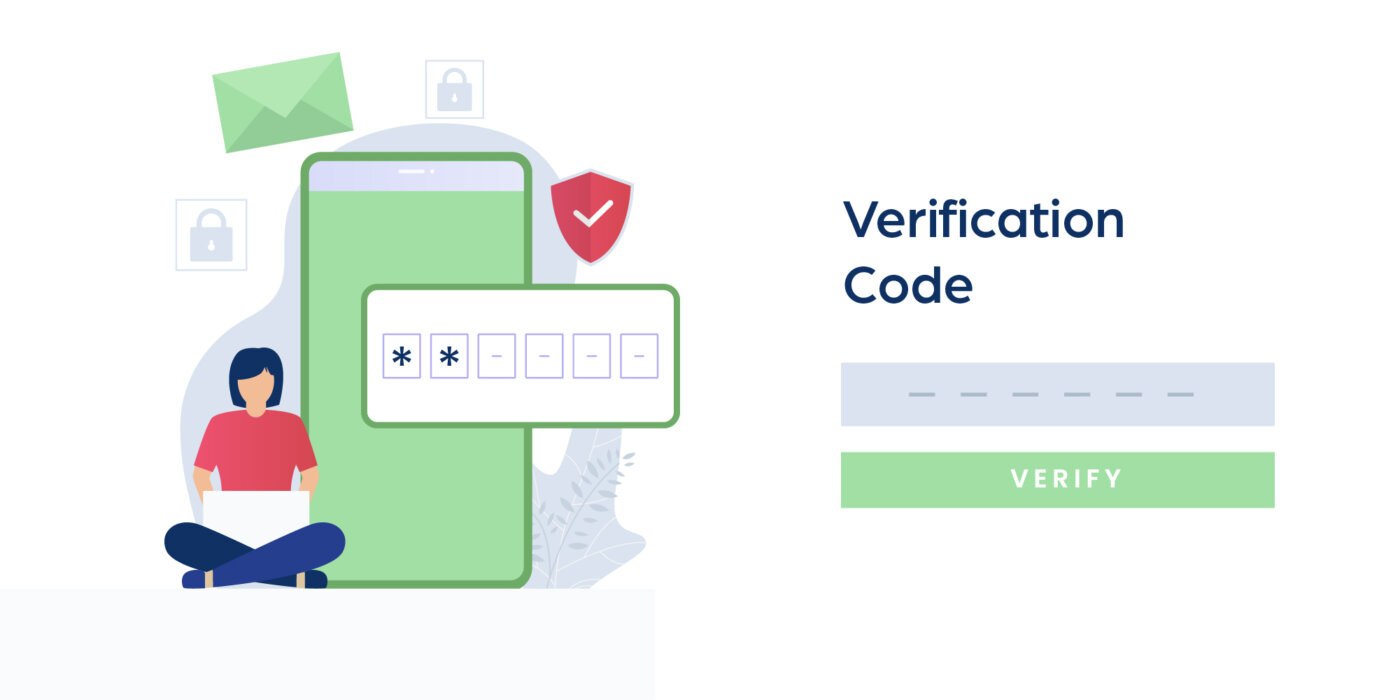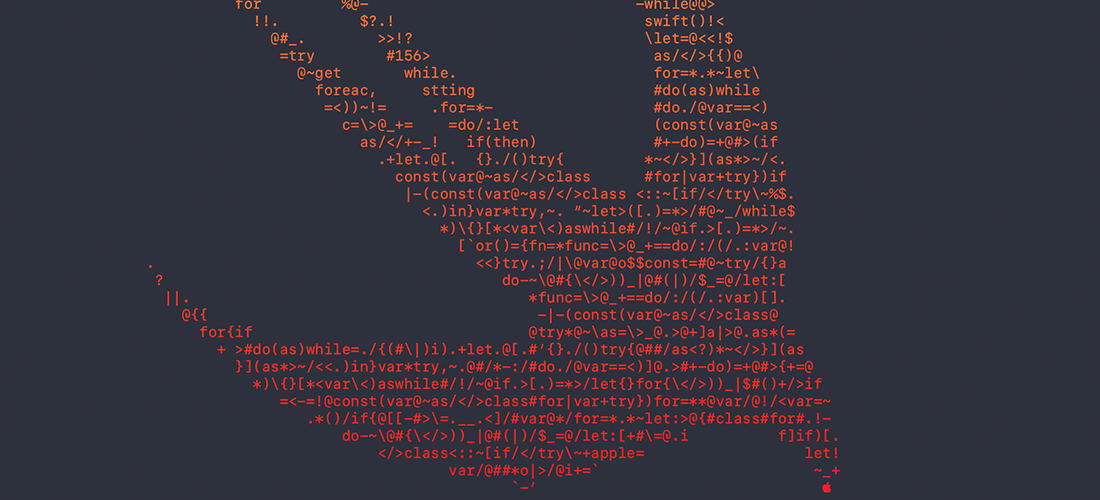
24 February 2021
Going global: the challenges of app localization
You have your app up and running and it’s ready for prime time on the app stores. It can be downloaded and enjoyed by billions of people around the world, as app stores are global marketplaces for apps. Technically, yes, that is true. App stores are a great way to reach global audiences, but there’s a catch: if you don’t localize your app for the markets you want to reach, your share might be minimal among those audiences. App localization is a great way to win the hearts and minds of users who want content in their languages.
The reasoning behind the importance of localization is that the vast majority of smartphone users live in Non-English speaking countries. This is a great opportunity for those who are willing to go the extra mile to localize and translate their apps. Tapping into these markets is crucial for brands that need worldwide growth.
So, what’s to look out for when localizing your app?
Getting your app ready for localization
All apps are built differently. Before starting to localize your app, you’ll need to check if your app is built with future localization in mind from the get-go. What do we mean by this? If your app has every string hardcoded, it’ll be incredibly difficult to localize your app properly. If your app is built this way, your app might have to go through major rewrites to accommodate your localization efforts.
More specifically, you’ll need to structure your app in such a way that every string can be replaced with their localized versions on the fly. Both Android and iOS have a native way of doing this. In Android, it’s called Resource Switching and it makes use of different strings.xml files for every target language. Every string is named and the corresponding translation of the string is stored in separate .xml files to accommodate translations into different languages, so you can switch back and forth between them with ease. In iOS, it’s done in a very similar fashion with property lists, where every localized property is stored for every different language.
In short, if your app is geared to be localized from the start, you can begin your app localization efforts right away. If not, you might have to do some major rewrites to the code to allow for localized content.
Accurate translation is paramount
Here’s a cautionary tale about how important accurate translation and localization are when expanding to different markets. When Taco Bell tried its hand in the Japanese market again in 2015, it had to suspend and completely rewrite its company website shortly after its launch due to horrendous translations. Their “cheesy chips” were translated as “low-quality chips” in Japanese and their Crunchwrap Supreme Beef was hilariously rendered as Supreme Court Beef. It’s not clear if they used Google Translate or a similar translation tool, but the lack of a professional translation was pretty evident.
Using automatic translation tools might be tempting at first because they’re free and they somewhat get the point across with simple sentences, but app localization is not always this straightforward. You’ll need to research the local culture and hire professional translators. Cheaping out on translation is never a good idea because the language and the culture of your target market are what’s going to get them to use your app in the first place.
Incorrect/inaccurate translations can lead to misunderstandings and an overall lack of interest in your app. But more importantly, it can be perceived as an insult by your target demographic. Taco Bell’s half-hearted attempt to translate its menu ultimately resulted in locals feeling unimportant and as if their language is way down on the company’s priority list. This might be the worst customer experience you can give to your users.
Verifying your users overseas
If you have an app where you need to verify your users during log-ins, you’ll need to take thousands of operators with varying SMS costs into consideration. This can drive up your costs significantly, even in the short run. Even though it’s a viable option to verify your users, you should consider other methods like popular Instant Messaging platforms. Sending an OTP via IM virtually costs nothing compared to traditional SMS, and it’s faster and more secure.
In markets like India, WhatsApp market penetration is huge. According to a recent news report, WhatsApp has over 500 million users in the region and over 95% of WhatsApp users use the app every day. These figures suggest that WhatsApp constitutes a great opportunity for user verification.
In short, localizing an app is no easy task, especially if you’re dealing with multiple locales and languages. Every language has its own quirks and you need to be very careful and tread carefully when expanding into new markets. From preparing your app’s codebase to carefully localizing and translating the content of your app, planning and commitment are crucial.
Branching out into new markets and establishing a foothold against competitors is another thing altogether. You’ll need a global solution for user verification, and a good one at that. Verifying your users overseas may seem like a daunting task, and it could be unless you utilize the right solution that takes this burden off your shoulders reliably. The opportunities that the IM platforms offer in this regard are hard to ignore because of their cost-effectiveness, coverage, and speed. You can leverage this opportunity with VerifyKit and reduce your verification costs by switching to WhatsApp as your verification method. You still can use SMS of course, as VerifyKit automatically finds the cheapest SMS provider on your behalf. If you’re interested in what VerifyKit can do for you, head on over to our website here and start using VerifyKit.
Share








